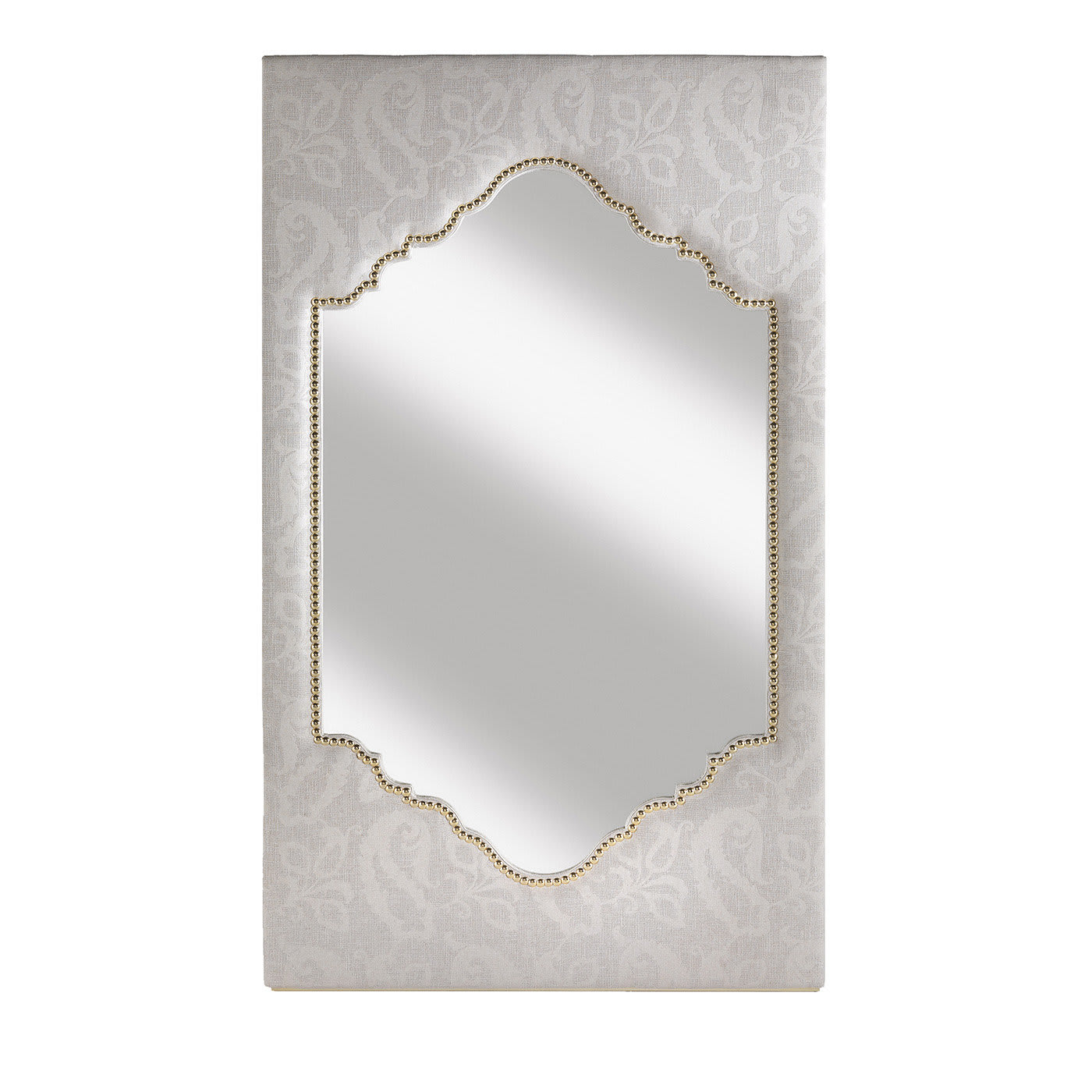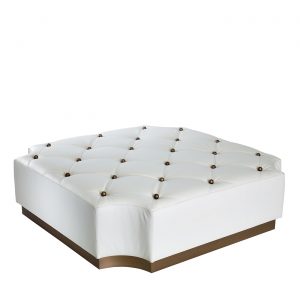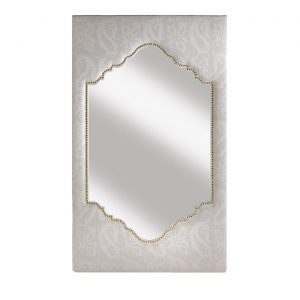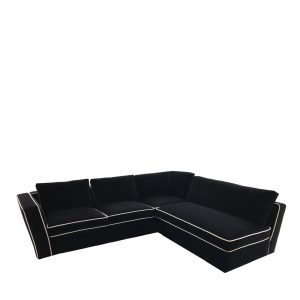In today’s fast-paced world, living spaces can often feel smaller than desired. Whether you live in a cozy apartment or a compact house, maximizing space is key to creating a functional and serene environment. Here are some effective strategies to help you make the most of every room in your home.
1. Prioritize Multi-Functional Furniture
Invest in Versatile Pieces
Select furniture that serves multiple purposes. For example:
- Sofa beds provide a comfortable seating area during the day and transform into a sleeping space at night.
- Ottomans with storage or coffee tables that open up can store blankets, books, or games, keeping the room tidy.
Foldable and Expandable Options
Consider foldable tables and chairs that can be tucked away when not in use. An extendable dining table can accommodate guests when needed and be compact at other times.
2. Optimize Vertical Space
Shelving and Storage Solutions
Utilize vertical space by:
- Installing wall shelves to display books, plants, or decorative items.
- Using tall bookcases or cabinets that draw the eye upwards, making the room look larger.
Hooks and Pegboards
In smaller areas, such as entryways or kitchens, use hooks or pegboards to hang items. This keeps surfaces clear and utilizes wall space effectively.
3. Choose Light Colors and Reflective Surfaces
Color Schemes
Opt for light colors for walls and Italian furniture. Soft whites, pastels, and light grays can create an illusion of spaciousness.
Mirrors
Incorporate mirrors to reflect light and create depth. A large mirror can make a small room feel open, while strategically placed smaller mirrors can enhance brightness.
4. Declutter Regularly
The Power of Minimalism
Regularly assess your belongings. Consider applying the KonMari Method or similar decluttering techniques. Keep only items that spark joy or serve a practical purpose.
Smart Storage Solutions
Invest in storage bins, baskets, and organizers. Store seasonal items or rarely used items out of sight. Under-bed storage can be particularly effective in bedrooms.
5. Create Zones in Open Spaces
Define Areas
In open floor plans, define areas by using rugs or furniture arrangements. For instance, a rug can demarcate the living area from the dining space.
Furniture Arrangement
Position larger furniture pieces, such as sofas or bookshelves, to create physical boundaries. This can help delineate spaces while still maintaining flow.
6. Incorporate Built-In Storage
Custom Solutions
If your budget allows, consider custom built-in solutions:
- Bookshelves that fit between walls or around windows maximize every inch.
- Window seats with storage underneath can be both functional and aesthetically pleasing.
Nooks and Crannies
Utilize awkward spaces. For example, create shelves in unused areas, like above door frames or between studs in walls.
7. Use Underutilized Spaces
Corners
Make the most of corner spaces by incorporating corner shelves or unique furniture designed to fit snugly in these areas. A corner sofa can also optimize seating arrangements.
Staircases
Utilize the space beneath stairs for storage or create a small reading nook. Add shelves, drawers, or a cozy seating area to make it functional.
8. Maintain Clear Pathways
Furniture Placement
Ensure that furniture placement allows for easy movement throughout the room. Avoid overcrowding and keep pathways clear to make spaces feel more open and inviting.
Limit Accessories
While decor adds personality, too many knick-knacks can create visual clutter. Select a few standout pieces to showcase, allowing for a more spacious feel.
9. Optimize Bedroom Closets
Maximize Closet Space
Organize closets efficiently by:
- Installing shelves and hooks.
- Using slim hangers to save space.
- Consider seasonal rotation – keep out-of-season clothes stored elsewhere to free up room.
Under-Bed Storage
Utilize the space under your bed with storage boxes or drawers, perfect for shoes, clothing, or extra bedding.
10. Rethink Entryways
Functional Organization
Create an organized entryway by incorporating:
- A console table for keys and mail.
- Hooks for bags and jackets to keep the area tidy and welcoming.
Minimalist Approach
Limit items in the entryway to essentials. A clean and clear entry sets the tone for the rest of your home.
Conclusion
Maximizing space in your home is not just about reducing clutter; it’s about making thoughtful design choices that enhance functionality without sacrificing style. By prioritizing multi-functional furniture, utilizing vertical space, and regularly decluttering, you can transform any room into an organized and inviting sanctuary. Embrace these tips, and enjoy a more spacious, harmonious home environment!




 Chandeliers
Chandeliers